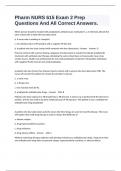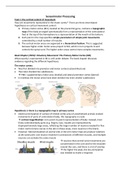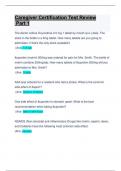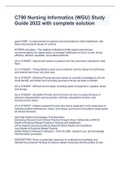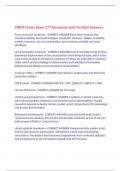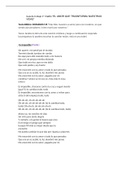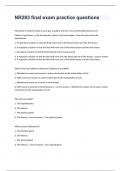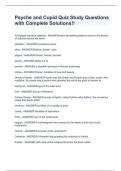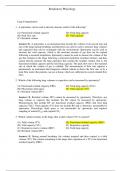Exam (elaborations)
Pharm NURS 615 Exam 2 Prep Questions And All Correct Answers.
- Course
- Institution
Which person should be treated with prophylactic antitubercular medication? a. A child who attends the same school with a child who has tuberculosis b. A nurse who is working in a hospital c. An individual who is HIV-positive with a negative TB skin test d. A patient who has close contact wit...
[Show more]
